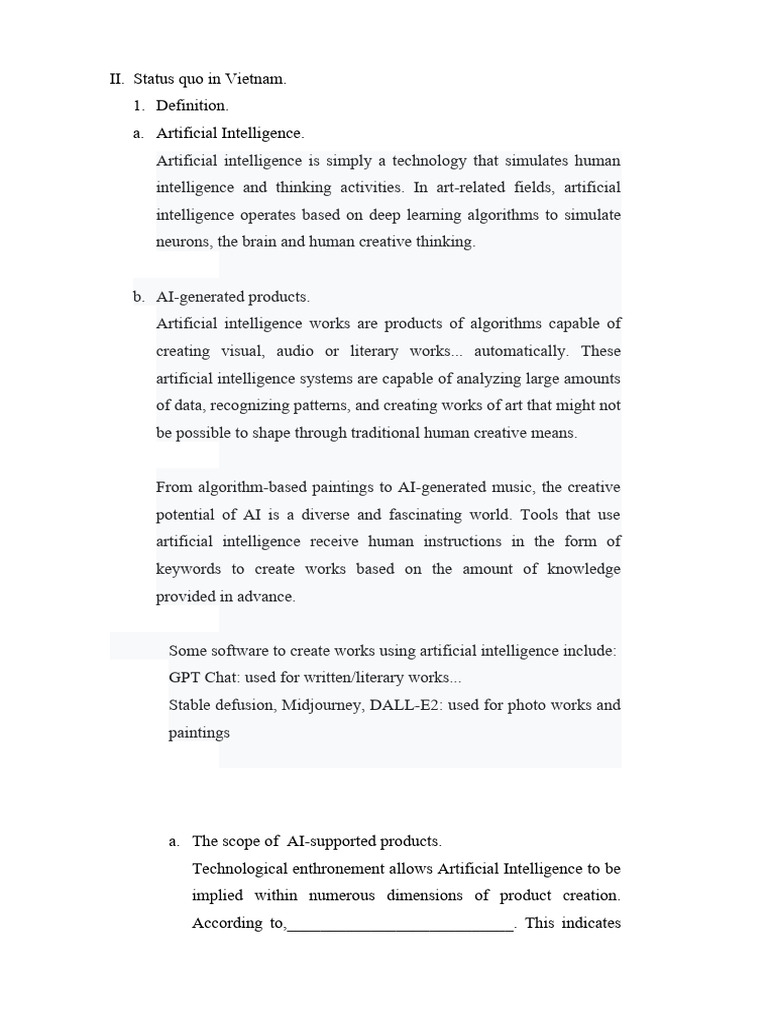
In the ever-evolving world of search, one concept is gaining traction among SEO professionals and content creators: SGE Narrative Alignment. As Google’s Search Generative Experience (SGE) becomes more integrated into how users interact with search results, the way content is structured and presented has never been more critical. SGE doesn’t just display links; it generates summaries, answers, and even entire thought processes based on the content it finds. This shift means that your content must not only be relevant but also aligned with the narrative patterns that SGE expects.
This article will explore what SGE Narrative Alignment is, why it matters, and how you can use it to shape the tone of AI-generated summaries. Whether you’re an SEO strategist, a content marketer, or a brand manager, understanding this concept is essential for staying ahead in 2025 and beyond.
What Is SGE Narrative Alignment and Why It Matters
SGE Narrative Alignment refers to the process of structuring your content so that it naturally fits into the narrative frameworks that AI-powered search engines like Google’s SGE expect. These systems don’t just look for keywords—they seek coherence, context, and a clear flow of ideas that align with user intent.
In traditional SEO, the focus was on keyword density, backlinks, and page speed. But with SGE, the game changes. AI-generated summaries are built from the most relevant and well-structured content. If your content doesn’t match the expected narrative pattern, it may not be included at all—or worse, it could be misrepresented.
For example, if a user searches for “how to start a fitness journey,” SGE might pull together information from multiple sources. If your content is disorganized or lacks a clear narrative arc, it may not be chosen as a primary source. On the other hand, if your content is structured with a logical flow—introduction, steps, challenges, solutions—it’s more likely to be highlighted in SGE summaries.
This is where SGE Narrative Alignment becomes crucial. It ensures that your content is not only found but also understood by AI systems, which in turn improves visibility, engagement, and trust.
How SGE Narrative Alignment Impacts SEO Performance
The impact of SGE Narrative Alignment on SEO performance is profound. Here’s how it affects key metrics:
1. Visibility in AI-Generated Summaries
If your content is aligned with the narrative structures that SGE uses, it has a higher chance of appearing in AI-generated summaries. This means more traffic, more exposure, and more credibility.
2. User Engagement and Dwell Time
Content that tells a compelling story keeps users engaged longer. SGE often highlights content that provides a complete answer, leading to better dwell time and lower bounce rates—both of which are positive signals for search engines.
3. Brand Trust and Authority
When your content consistently appears in AI summaries, it reinforces your brand as a reliable source. This builds trust and authority, which are key components of E-E-A-T (Experience, Expertise, Authoritativeness, Trustworthiness).
4. Improved Click-Through Rates (CTR)
Even if your content isn’t the top result, being featured in SGE summaries can increase CTR. Users are more likely to click on content that appears in a concise, well-structured summary.
5. Better Voice Search Optimization
With the rise of voice assistants and conversational queries, SGE Narrative Alignment helps ensure your content is optimized for natural language processing. A well-structured narrative makes it easier for AI to extract and present your content in voice-based responses.
Step-by-Step Implementation Framework
To effectively implement SGE Narrative Alignment, follow this structured approach:
1. Define or Audit the Current Situation
Start by analyzing your existing content. Ask:
– Does your content have a clear narrative structure?
– Are your topics organized in a way that aligns with user intent?
– Are you using headings, subheadings, and bullet points to guide readers?
Use tools like Screaming Frog or Ahrefs to audit your site for readability, keyword usage, and content flow.
2. Apply Tools, Methods, or Tactics
Once you understand your current state, apply the following tactics:
– Use storytelling frameworks: Structure your content around a problem-solution framework.
– Implement semantic SEO: Use related terms and phrases that align with how users search.
– Leverage AI content analysis tools: Tools like SurferSEO or Clearscope can help you optimize content for narrative flow and coherence.
3. Measure, Analyze, and Optimize
Track the performance of your content using analytics tools like Google Analytics and Search Console. Look for:
– Changes in organic traffic
– Improvements in dwell time
– Increases in clicks from SGE summaries
Use A/B testing to experiment with different narrative structures and see what resonates best with your audience.
Real or Hypothetical Case Study
Let’s take a hypothetical case study involving a fitness blog called FitLife.
Scenario: FitLife had high-quality content about starting a fitness journey, but their traffic wasn’t growing as expected. They noticed that their content wasn’t showing up in SGE summaries, despite ranking well in traditional search.
Action Taken: The team audited their content and realized that while the information was accurate, it lacked a clear narrative structure. They restructured their articles to include:
– A clear introduction outlining the goal
– Step-by-step guides
– Common challenges and how to overcome them
– Real-life success stories
They also optimized their headers and used semantic keywords to align with user intent.
Result: Within three months, their content began appearing in SGE summaries more frequently. Traffic increased by 40%, and their CTR improved by 25%. Their brand became more recognized as a go-to resource for fitness journeys.
Tools and Techniques for SGE Narrative Alignment
Here are some of the most effective tools and techniques to help you implement SGE Narrative Alignment:
- SurferSEO – Helps you optimize content for both humans and AI by analyzing top-ranking pages and suggesting structural improvements.
- Clearscope – Provides insights into content gaps and helps you craft narratives that align with user intent.
- Grammarly – Ensures your writing is clear, consistent, and free of errors, which is essential for SGE.
- AnswerThePublic – Offers visualizations of common questions related to your topic, helping you structure your content around user needs.
- Schema.org – Implementing structured data can help AI better understand and present your content.
- AI Content Auditing Tools – Tools like Jasper or Copy.ai can help you test different narrative structures and see what works best.
Future Trends and AI Implications
As AI continues to evolve, the importance of SGE Narrative Alignment will only grow. Here are a few trends to watch:
- More personalized AI summaries: SGE is likely to become more tailored to individual user preferences, meaning your content must be adaptable and flexible.
- Multimodal content optimization: As AI begins to incorporate images, videos, and audio, your narrative must be consistent across all formats.
- Ethical AI considerations: Brands will need to ensure their content is not only aligned with SGE but also ethical and transparent.
- Voice and multimodal search: As more users rely on voice assistants and visual search, your content must be optimized for these new interaction models.
To stay ahead, focus on creating content that is not only informative but also narratively rich. This will make your content more likely to be picked up by SGE and other AI platforms.
Key Takeaways
- SGE Narrative Alignment is about structuring your content to match the narrative expectations of AI search engines.
- It improves visibility, engagement, and trust in the age of AI-driven search.
- To implement it, audit your content, optimize for narrative flow, and track performance.
- Tools like SurferSEO, Clearscope, and AnswerThePublic can help streamline the process.
- Future trends suggest that personalization, multimodal content, and ethical AI will play a bigger role in how content is ranked and presented.
By embracing SGE Narrative Alignment, you’re not just optimizing for today’s search algorithms—you’re preparing for the future of content discovery.
Meta Title: SGE Narrative Alignment — Shapes content tone to fit AI-generated summaries
Meta Description: Learn how SGE Narrative Alignment shapes the tone of AI-generated summaries and why it’s essential for modern SEO in 2025.
SEO Tags (5): SGE Narrative Alignment, AI-Generated Summaries, SEO Strategy, Content Optimization, Search Generative Experience
Internal Link Suggestions:
– [Parameter #96: SGE Optimization]
– [Parameter #101: Adaptive SERP Strategy]
– [Parameter #161: SGE Narrative Alignment]
External Source Suggestions:
– Google Search Generative Experience
– SEMrush Blog on AI SEO
– Moz’s Guide to Content Optimization









